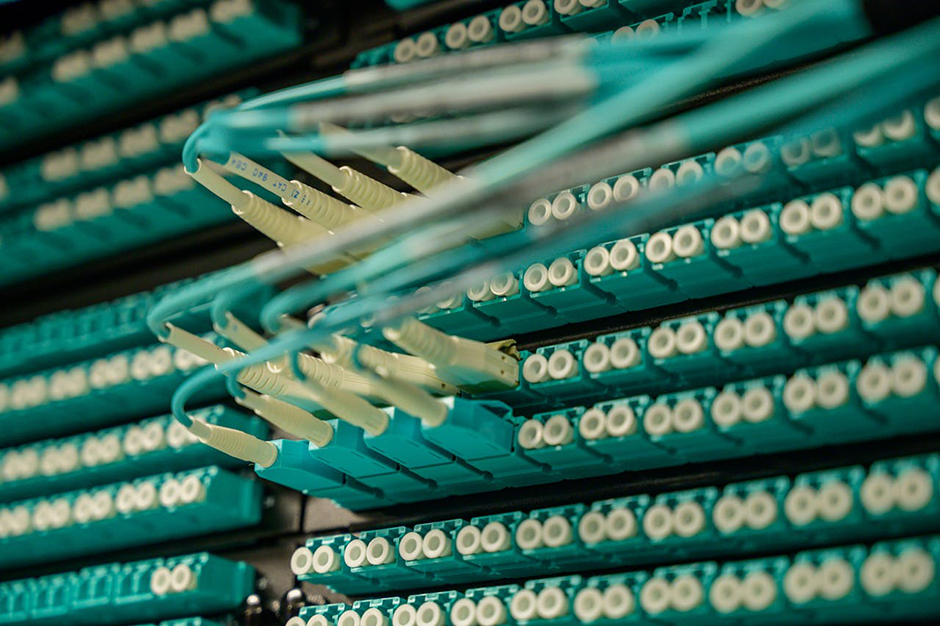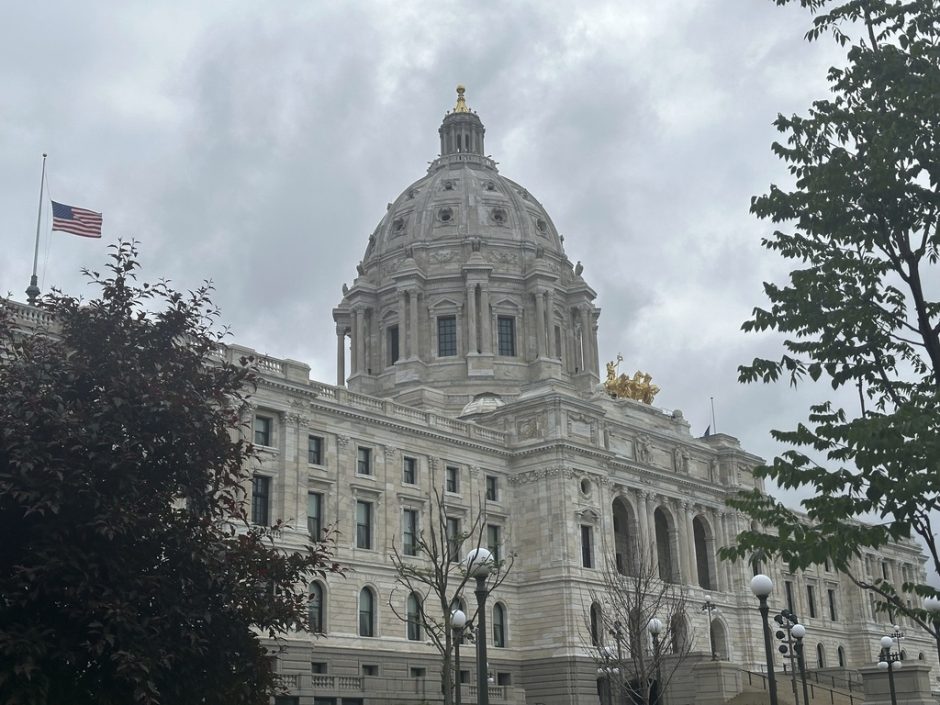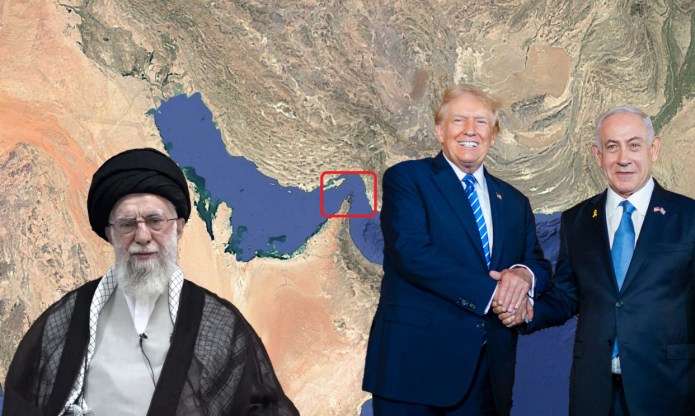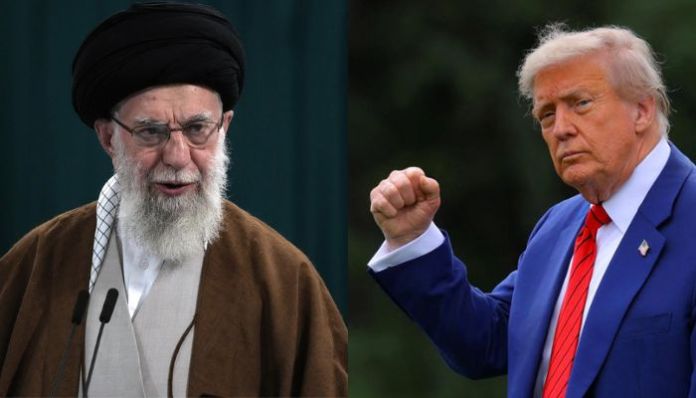

The name might’ve sealed its fate.
Continuing his crusade against diversity, equity and inclusion (DEI) initiatives, President Donald Trump announced he was shutting down the Digital Equity Act in May. He took to his Truth Social social media platform to accuse the bipartisan legislation passed in 2021, designed to steer grant funding to organizations working to bridge digital divides, of giving out “woke handouts based on race.”
It didn’t matter that the Digital Equity Act was set to pour investments into rural areas, where residents overwhelmingly voted for him; Trump declared it “racist and illegal,” in all caps.
He claimed to save $2.5 billion in taxpayer dollars by scrapping the act. Actually, it was funded for $2.75 billion. And while, yes, racial and ethnic minorities were listed as groups to be covered by program funds, they were listed right alongside veterans, rural residents and aging adults in the law’s text.
Digital Equity Act funding was a relatively small part of a $65 billion allocation stemming from the Infrastructure Investment and Jobs Act for development of broadband infrastructure and digital inclusion work. The largest chunk of money, $42.45 billion, went to the Broadband Equity, Access, and Deployment (BEAD) program. Equity in the name though it has, BEAD funding, which has been the source of frustrations for internet service providers, recently got a makeover instead of a kick to the curb.
What kinds of ‘digital equity’ projects lost out on funding?
Before Trump took office, the National Telecommunications and Information Administration (NTIA) selected a bevy of applicants for the Digital Equity Competitive Grant Program in early January. The page has since been pulled down but remains viewable using the Internet Archive’s Wayback Machine.
Two Minnesota-based organizations made the cut:
- Minnesota State Colleges and Universities system — $7.3 million
Consisting of 26 colleges and seven universities, most of the campuses in Greater Minnesota, the system received notice of its grant award from NTIA on Dec. 31, 2024. NTIA’s description of the system’s project in January detailed plans for digital literacy expansion and instruction in college curriculum, training, digital navigation services, device distribution, and vouchers to connect people to internet service.
The higher education system received another notice on May 20 that its award had been terminated, stated Noelle Hawton, chief marketing and communications officer, in an email. No funds were received.
- Hmong American Partnership — $7.3 million
The St. Paul-based Hmong American Partnership (HAP) partnered with California’s Fresno Center to apply for Digital Equity Act grant funding last fall. They proposed using the funds to build permanent digital hubs, spaces where members of the Hmong communities in Minnesota and California could access the internet and receive digital skills training. There would’ve been four hubs in total located at a HAP office in St. Paul, two charter schools in St. Paul and one at the Fresno Center.
May yer Thao, president and CEO at HAP, remembers the partners feeling jubilant about their project being selected. They put out a press release on Jan. 7 about the “prestigious award” they expected to receive. They were readying to hire people to staff the hubs.
Then the federal end of communications went silent. Weeks then months passed without word about their grant’s status. “We were all just kind of in limbo,” Thao said.
A brief email arrived from NTIA in May confirming that the $7.3 million in funding was no more. “Everyone was very disappointed to say the least,” Thao said. The program’s demise seems tied to the administration’s anti-DEI push, she added. Her organization specifically outlined plans for closing digital divides within Southeast Asian communities in its application.
A $500,000 grant from the state for the project offered some consolation. To see the work through, HAP will otherwise need to raise funds on its own. “We’re disappointed,” Thao said. “We’re discouraged, but the work will continue.”
For Thao’s organization, digital equity work is about preventing people from being left behind by technology. Not knowing how to use a computer, or not having broadband access, disconnects them from the modern world. Programs and resources available to them at the local, state and federal levels, Thao noted, also become harder to access.
Why the act’s termination is bad for rural areas
Thao, from Minnesota, joined HAP after working at the Wisconsin Housing and Economic Development Authority. In the role she said she saw how big of an issue broadband access is in rural areas, where residents are less likely to have it.
A report prepared by Minnesota’s Office of Broadband Development in 2023, a Digital Equity Act requirement at the time, stated about 67% households in Greater Minnesota have broadband subscriptions, compared to nearly 92% of households in the Twin Cities metro.

Minnesota’s first grant recipients through the program weren’t rural-focused projects, but future rounds could’ve been. Rural projects featured prominently on NTIA’s award recommendation page in January:
Pennsylvania’s Department of Human Services was set to put portions of $10.8 million into distributing telehealth devices and reliable internet to the state’s most rural and underserved counties.
Louisiana’s Public Health institute had $5 million earmarked in part for portable internet devices for rural farmers and agricultural workers.
Alabama’s Dannon Project wanted to use its $10.8 million on telemedicine stations for rural and isolated communities and virtual reality workforce training simulations for veterans and rural residents.
The post Rural communities lose out with shelving of Digital Equity Act appeared first on MinnPost.













































